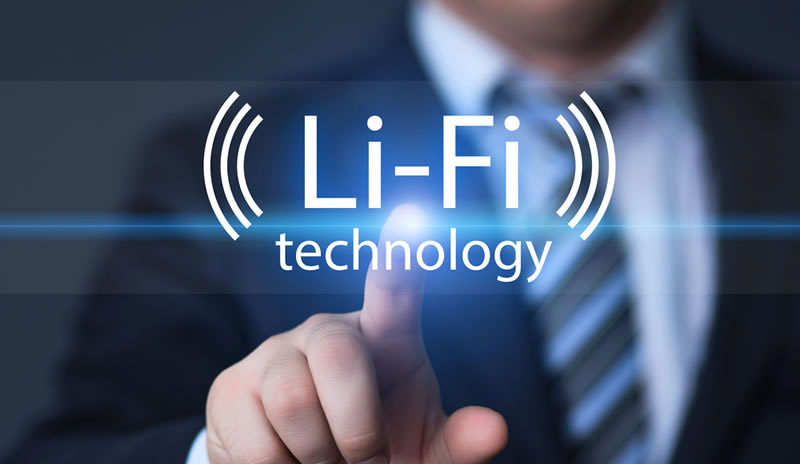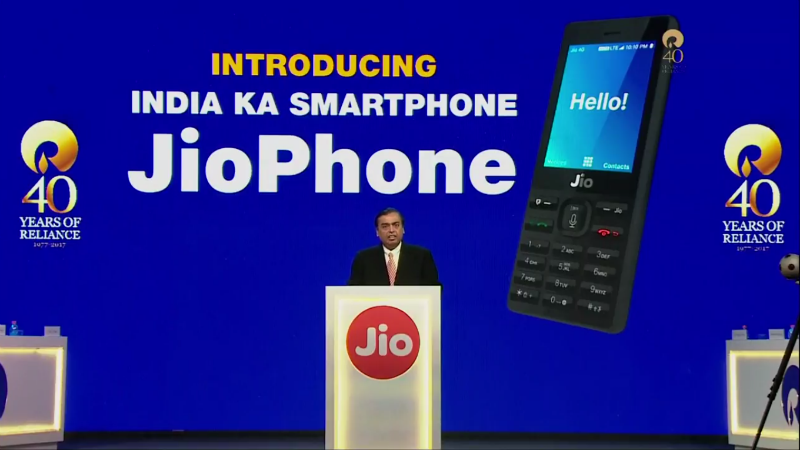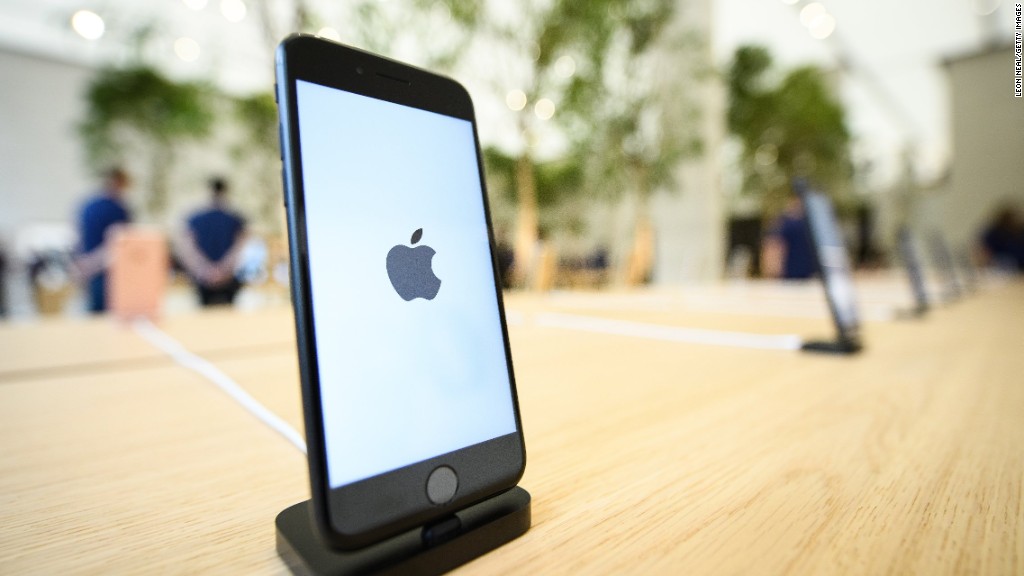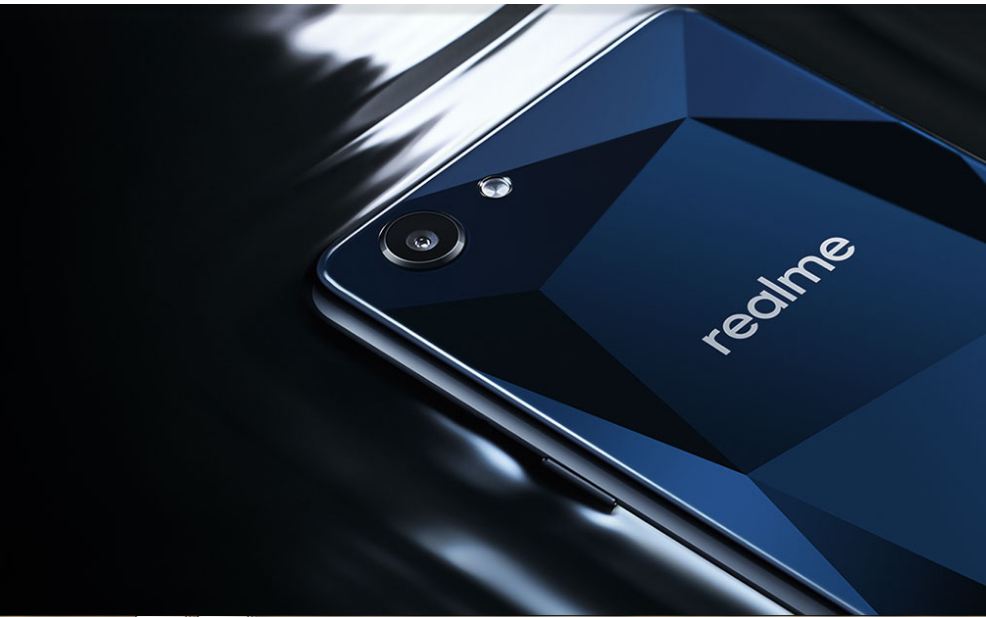Li-Fi Technology is more secure than WiFi
Since Wi-Fi is accidental invention in 1992 by Australian radio astronomer Dr. Joh n O’Sullivan. Wi-Fi currently makes up 60% of global internet traffic with all of that being said Wi-Fi still has some issues it’s sketchy at times with a varying signal, it’s not totally secure because your signal can travel through walls and be easily picked up by someone else. The reason for all of this is that Wi-Fi uses radio waves to transmit data. So now Li-Fi technology solved this problems.

Light is perfect because it’s actually just part of the electromagnetic spectrum just like radio waves but at a much higher frequency that carry the energy cycle at a much faster rate than radio waves. Light also has a frequency range 10,000 times greater than radio waves going up to 790 terahertz and minimum 300 gigahertz. Light has the capacity to transmit vastly more pulses of data in much less time than radio waves.

How its Work: When a constant current is applied to an LED Light Bulb a constant stream of photons are emitted from the bulb which is observed as visible light. If the current is varied slowly the output intensity of the light dims up and down. Because LED bulbs are semi-conductor devices, the current, and hence the optical output, can be modulated at extremely high speeds which can be detected by a photo-detector device and converted back to electrical current. The intensity modulation is imperceptible to the human eye, and thus communication is just as seamless as RF. Using this technique, high speed information can be transmitted from an LED light bulb.
 Radio frequency communication requires radio circuits, antennas and complex receivers, whereas Li-Fi is much simpler and uses direct modulation methods similar to those used in low-cost infra-red communications devices such as remote control units. Infra-red communication is limited in power due to eye safety requirements, whereas LED light bulbs have high intensities and can achieve very large data rates.
Radio frequency communication requires radio circuits, antennas and complex receivers, whereas Li-Fi is much simpler and uses direct modulation methods similar to those used in low-cost infra-red communications devices such as remote control units. Infra-red communication is limited in power due to eye safety requirements, whereas LED light bulbs have high intensities and can achieve very large data rates.

Features:
Li-Fi features include benefits to the capacity, energy efficiency, safety and security of a wireless system with a number of key benefits over Wi-Fi but is inherently a complementary technology.
Capacity
| Bandwidth: | The visible light spectrum is plentiful (10,000 more than RF spectrum), unlicensed and free to use. |
| Data density: | Li-Fi can acheive about 1000 times the data density of Wi-Fi because visible light can be well contained in a tight illumination area whereas RF tends to spread out and cause interference. |
| High speed: | Very high data rates can be achieved due to low interference, high device bandwidths and high intensity optical output. |
| Planning: | Capacity planning is simple since there tends to be illumination infrastructure where people wish to communicate, and good signal strength can literally be seen. |
Efficiency
| Low cost: | Requires fewer components than radio technology. |
| Energy: | LED illumination is already efficient and the data transmission requires negligible additional power. |
| Environment: | RF transmission and propagation in water is extremely difficult but Li-Fi works well in this environment. |
Safety
| Safe: | Life on earth has evolved through exposure to visible light. There are no known safety or health concerns for this technology. |
| Non-hazardous: | The transmission of light avoids the use of radio frequencies which can dangerously interfere with electronic circuitry in certain environments. |
Security
| Containment: | It is difficult to eavesdrop on Li-Fi signals since the signal is confined to a closely defined illumination area and will not travel through walls. |
| Control: | Data may be directed from one device to another and the user can see where the data is going; there is no need for additional security such as pairing for RF interconnections such as Bluetooth. |
Last year, it was reported that Li-Fi Technology was being tested in Dubai, by UAE-based telecommunications provider, du and Zero1. Du claimed to have successfully provided internet, audio and video streaming over a Li-Fi connection.
For more details: Pure Li-Fi








